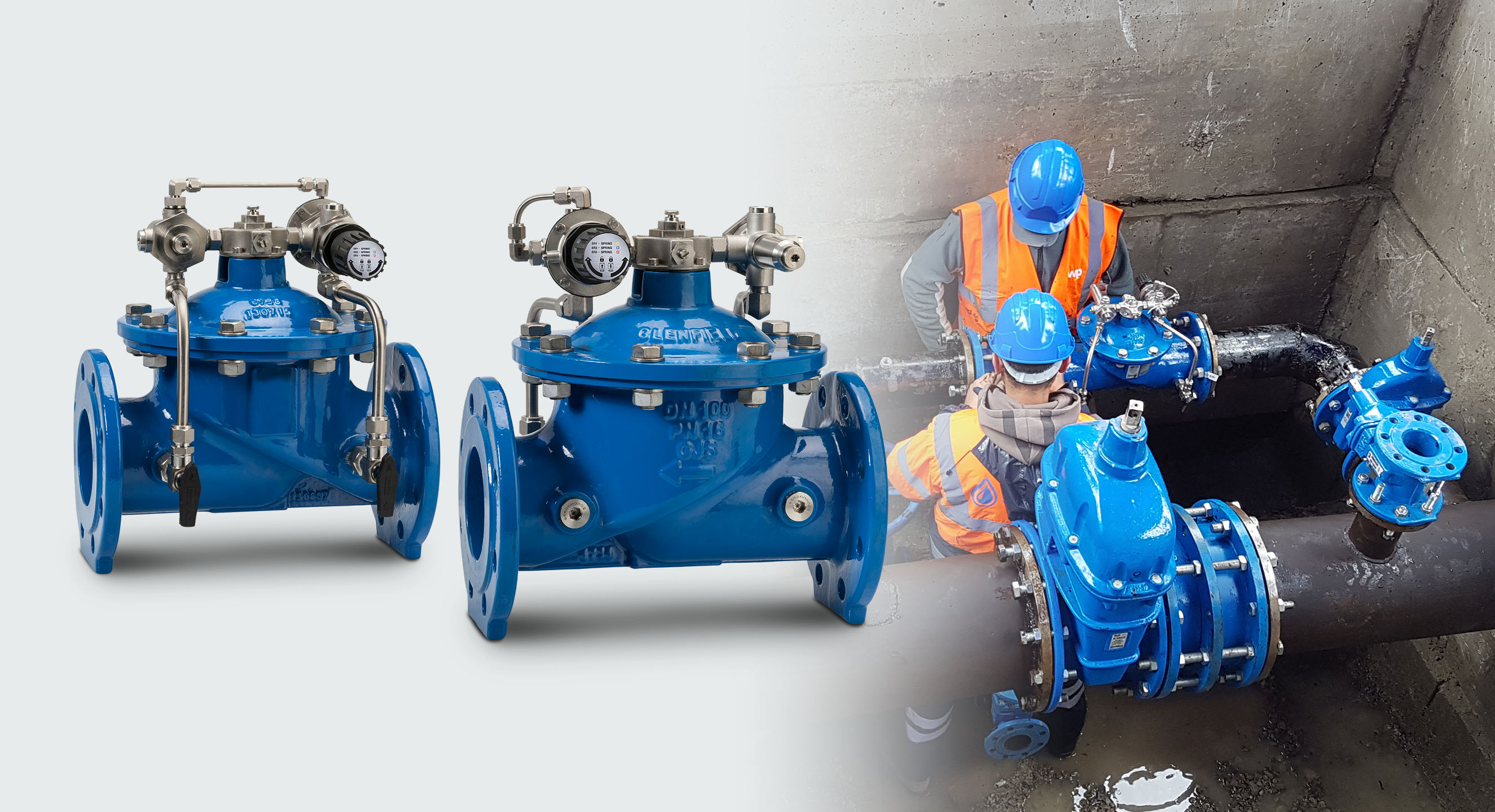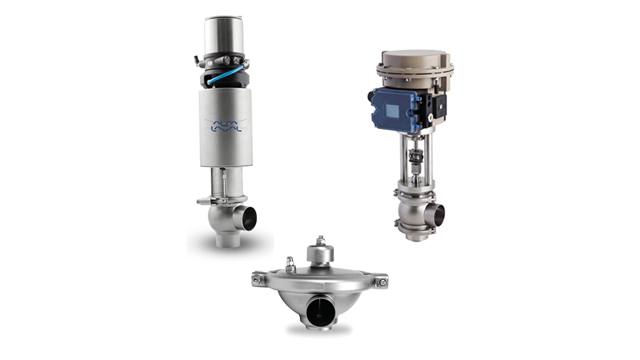Efficient Control Valves: Secret Parts for Reliable System Monitoring
Wiki Article

Maximize Energy Savings and Comfort With Advanced Building Automation Controls
In the realm of modern architecture and center management, the integration of advanced structure automation regulates stands as an essential innovation. The merging of technology and sustainability has birthed a new period where energy effectiveness, convenience optimization, and functional streamlining are no more remote aspirations but obtainable facts. By using the power of automation, buildings can adjust, react, and evolve in means that were as soon as unimaginable. The potential for substantial energy cost savings and improved convenience is not just a possibility but an assurance waiting to be fulfilled. This paradigm shift in building administration holds the key to unlocking a world where ecological conscientiousness and resident wellness harmoniously exist side-by-side within the walls of our structures.Energy Efficiency Advantages
Energy efficiency advantages can dramatically decrease energy usage and operational prices in buildings. By applying energy-efficient methods and technologies, structure proprietors and operators can attain considerable savings while also adding to environmental sustainability. One of the main benefits of improving power performance in structures is the reduction of utility bills. Energy-efficient systems, such as sophisticated building automation controls, can enhance making use of sources like heating, illumination, and air conditioning, causing reduced power expenditures in time.Moreover, boosted energy efficiency can lengthen the lifespan of building devices and systems. By running a lot more successfully, a/c systems, lighting components, and other building elements experience less damage, leading to decreased upkeep and substitute costs. Furthermore, energy-efficient structures typically command higher residential or commercial property values and rental rates, supplying long-lasting financial benefits to owners.
Additionally, energy effectiveness can enhance passenger comfort and efficiency. Properly controlled indoor atmospheres with optimal illumination and thermal conditions produce a more pleasurable and conducive work space, resulting in improved employee contentment and performance. Generally, the power effectiveness advantages associated with advanced structure automation controls are complex, encompassing cost financial savings, ecological stewardship, and resident health.
Boosted Convenience Control
Enhancing convenience control in building atmospheres requires an innovative combination of innovative automation systems for optimum passenger well-being. By using sophisticated structure automation controls, facilities can customize the interior atmosphere to meet the certain needs and choices of owners. control valves.Improved comfort control surpasses basic temperature changes. It includes functions such as personalized settings, tenancy sensing units, and natural light application to produce a vibrant and responsive setting. By including these innovative controls, structures can not just enhance comfort but additionally enhance power effectiveness by optimizing system procedures based on actual occupancy and usage patterns. Inevitably, focusing on owner comfort through advanced automation systems causes a more delightful and healthier interior environment.
Operational Performance Improvements

In addition, the application of real-time monitoring and analytics devices makes it possible for structure drivers to recognize power ineffectiveness and operational anomalies immediately. By continually keeping an eye on energy usage patterns and system performance metrics, adjustments can be made in real-time to optimize energy usage and make sure peak functional effectiveness. control valves. In addition, integrating need action approaches right into structure automation controls can further enhance functional performance by dynamically changing power use based upon grid conditions and prices signals
Indoor Environment Optimization
Effective interior climate optimization is a fundamental facet of structure automation controls, guaranteeing owners' comfort and health while maximizing energy savings. By using advanced sensors and controls, constructing automation systems can continuously monitor and change temperature, humidity levels, air high quality, and ventilation to create an ideal interior environment. Maintaining regular and comfortable problems not only enhances occupant complete satisfaction however likewise increases productivity and overall health.Interior environment optimization additionally plays an essential function in energy effectiveness. By fine-tuning air flow, home heating, and cooling systems based upon real-time information and occupancy patterns, building automation controls can considerably decrease power consumption - control valves. For example, executing methods such as demand-controlled air flow and thermal zoning can assist minimize energy waste while guaranteeing that each area of the structure receives the required conditioning.

Sustainable Environment Production
Structure automation regulates not only enhance interior environment problems for power efficiency and resident convenience but likewise lay the structure for creating a sustainable environment through tactical management of systems and sources. By integrating advanced building automation technologies, such as sensing units, actuators, and smart software application, facilities can adjust and check power usage in real-time to reduce waste and reduce their carbon footprint. These systems make it possible for anticipating maintenance, identifying prospective problems before they escalate and optimizing equipment efficiency to improve longevity and efficiency.Furthermore, sustainable environment production expands past energy administration to incorporate water preservation, waste decrease, and interior air quality improvement. Structure automation controls can control water use, identify leaks, and ensure appropriate garbage disposal methods, important link contributing to general sustainability initiatives. Furthermore, by keeping track of and managing ventilation and filtering systems, these technologies improve owner health and wellness and performance while decreasing energy intake related to cooling and heating operations.
Final Thought
In verdict, advanced building automation manages deal significant benefits in regards to power savings, comfort control, functional performance, indoor climate optimization, and creating a sustainable setting. By carrying out these controls, buildings can accomplish optimum efficiency while reducing energy usage and boosting owner comfort. It is apparent that the usage of innovative automation modern technology is essential in improving structure efficiency and developing an extra lasting future.Power performance advantages can considerably minimize energy usage and functional expenses in structures. On the whole, the power performance advantages linked with innovative structure automation controls are complex, incorporating price financial savings, ecological stewardship, and from this source owner health.
In addition, including need reaction techniques into structure automation controls can additionally improve operational efficiency by dynamically readjusting power usage based on grid conditions and pricing signals.
Structure automation regulates not just optimize interior environment conditions for power effectiveness and resident convenience however also lay the structure for producing a sustainable setting with strategic monitoring of systems and sources.In final thought, advanced structure automation important source controls deal considerable advantages in terms of power savings, convenience control, functional efficiency, interior climate optimization, and creating a lasting atmosphere.
Report this wiki page